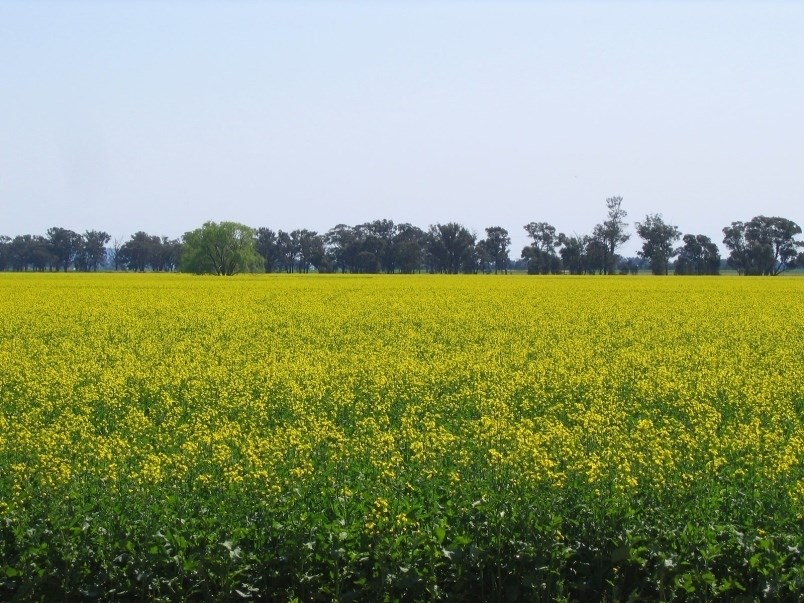Conditions at seeding this year posed many challenges that caused delayed and often uneven emergence. As a result, we have many fields with plants at different stages of maturity and growers are wondering how to harvest these uneven fields.
As growers begin to make their pre-harvest weed control plans, the Canola Council of Canada is issuing an important reminder that glyphosate application must be carefully timed to protect the quality and marketability of the crop.
In all fields, including those with variable maturity, it is critical to wait until seed moisture content is less than 30% in the least-mature areas of the crop before applying glyphosate. Applications made before the correct stage increase the risk of unacceptable residue in the seed. Here’s how to assess the correct stage:
–By waiting until 50 to 60% seed colour change in the least-mature areas of the field, growers can be confident seed moisture will be at less than 30%.
–At this stage, seeds in the main stem will be green and firm to roll in the top third of the plant, mostly brown with some speckling in the middle third, and completely brown-black in the bottom third. Seeds in the outermost branches should no longer be mushy and translucent.
In addition to glyphosate timing, crops that mature unevenly can present other challenges at harvest. Here are some important things to consider:
–Swathing remains the best and least-risky option to manage uneven maturity.
–If time allows, leaving a pod-shatter tolerant variety to dry down naturally (which means letting the less mature areas catch up) can be a suitable, cost effective option to swathing and pre-harvest applications.
For more tips, read “What to do with uneven fields?” at canolawatch.org. For more on how you can help protect market access for canola, pulses and cereals, visit keepingitclean.ca.
–Angela Brackenreed is a Canola Council of Canada agronomy specialist. Her focus is harvest and storage. Email her at [email protected].




